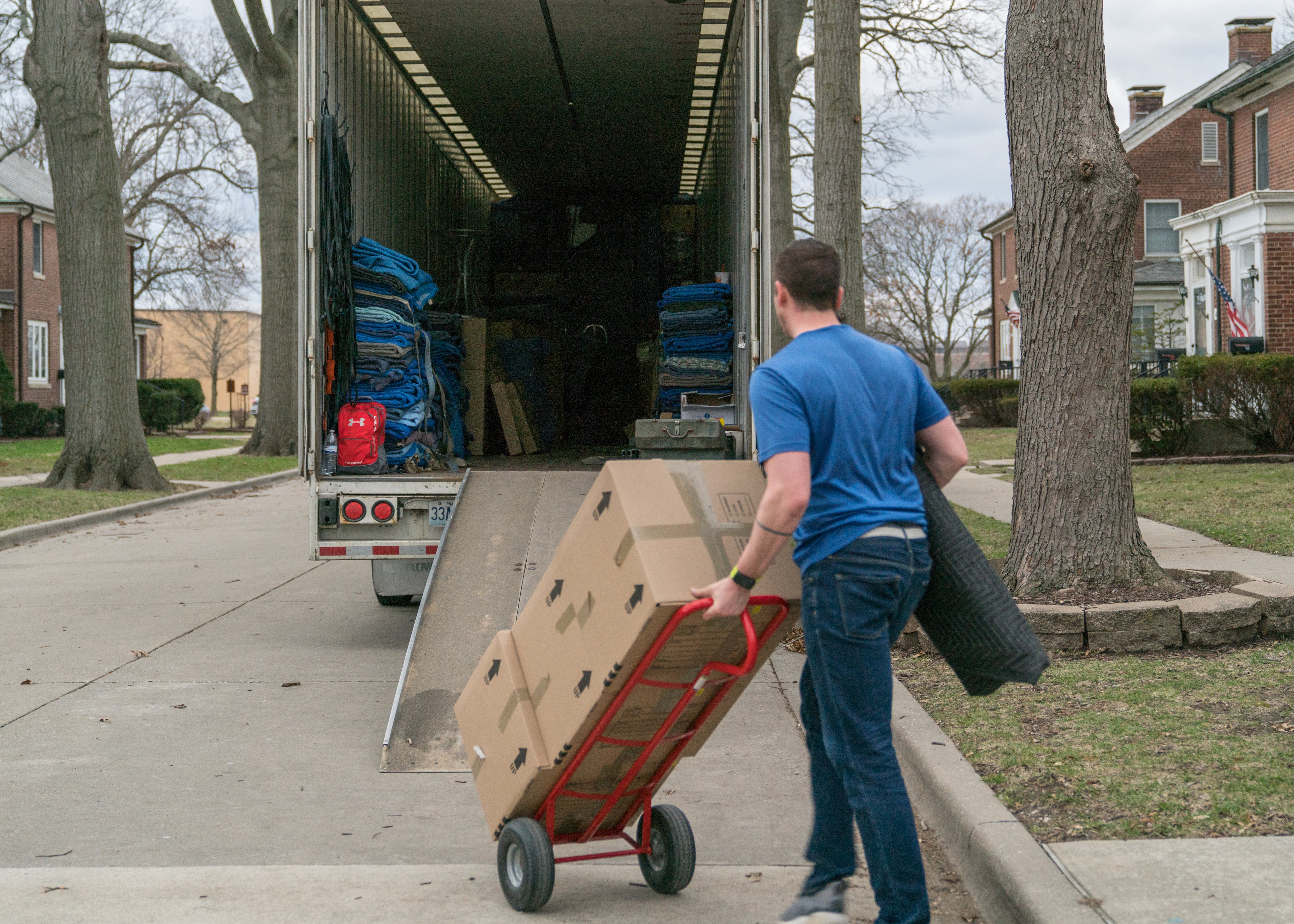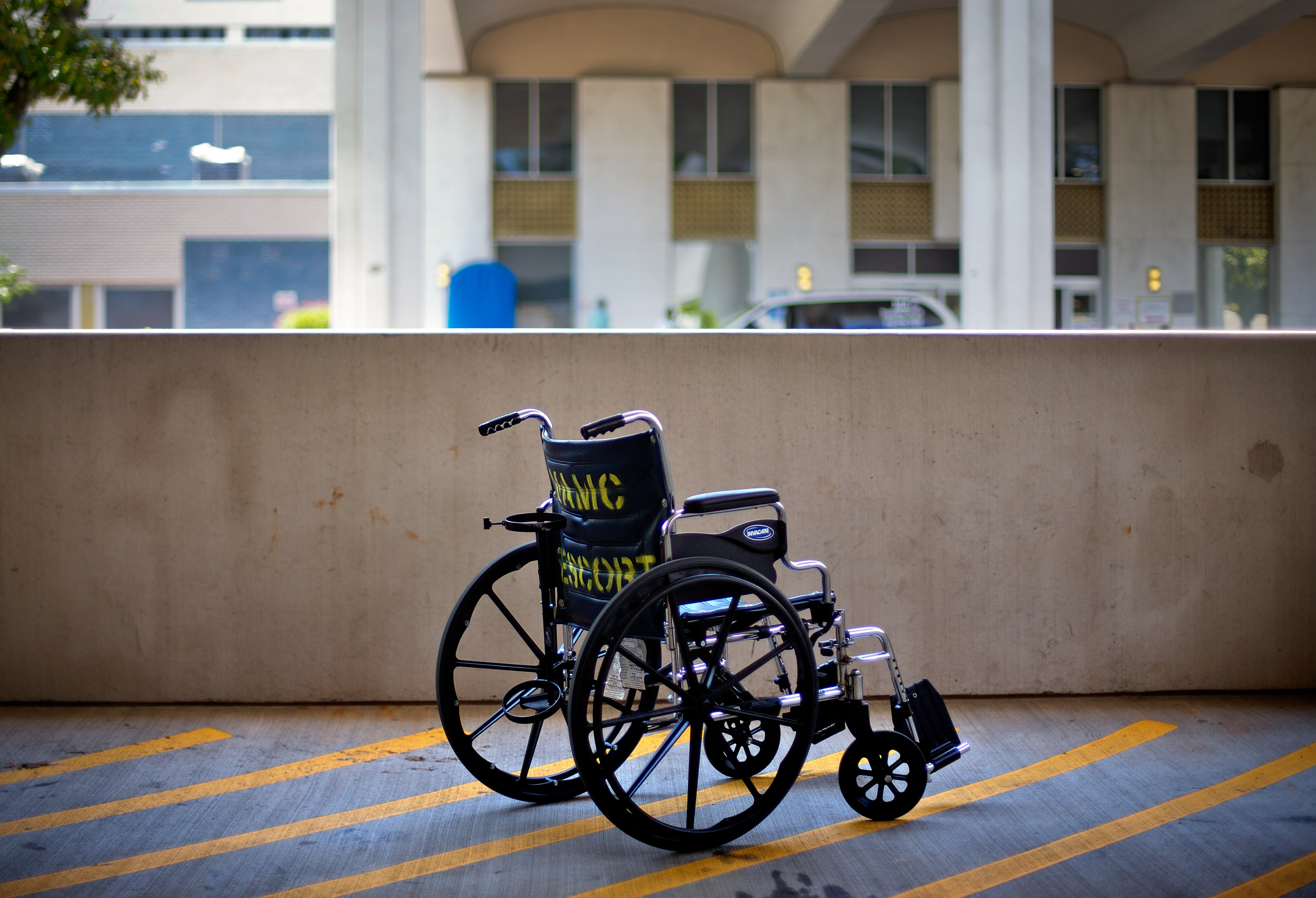This year’s moving season for most military members and their families will be likely be extended well into the fall and early winter this year, officials said, because of the coronavirus pandemic delaying most moves to new duty stations.
Most service members’ moves were put on hold in March because of concerns about the spreading coronavirus, and Secretary of Defense Mark Esper has extended that hold through June 30, while allowing some exceptions.
U.S. Transportation Command, which is responsible for DoD household goods moves, has also issued requirements for moving industry personnel, to minimize the coronavirus risks to service members and families, effective May 6.
Some service members are moving to new duty stations, based on exceptions to policy. About 12,500 service members have moved since the stop movement order in March, or about 30 percent of the usual volume, said Rick Marsh, director of the Defense Personal Property Program for TRANSCOM. Another 30,000 have asked for exceptions that will allow them to move.
But once the spigot is opened and all moves are allowed, they won’t all take place this summer. This year, the notion of the peak moving season has changed, said Marsh, in a Wednesday call with reporters.
During normal times, the peak military moving season begins around May 15 and extends through August, but many people move in June and early July, putting a strain on the capacity of moving companies.
Service officials are working now to identify their projections of moves for the rest of the year, Marsh said. “The demand will be significant, so I anticipate moves going well into fall and early winter.” It remains to be seen how many moves in the commercial sector will also be pushed back to fall and winter.
It’s too early to tell whether customer satisfaction surveys show that quality of moves in this slower period has improved, but there has been good anecdotal feedback from military families about their moves, Marsh said. In years past, some military families have had problems with poor service and damaged household goods, partly because the moving industry was overwhelmed by the crush of moves in the military and civilian sectors in the same time frame.
Meanwhile, at the direction of Secretary of Defense Mark Esper, TRANSCOM has implemented safety measures designed to protect service members and their families who are moving during the coronavirus pandemic.
That includes a representative from the military services contacting every DoD member who is moving to verify that the moving company personnel are complying with safety measures.
“Because the relocation process is intrusive, with moving personnel working inside homes alongside DoD personnel and their families, DoD has directed that moving personnel adhere to Centers for Disease Control and Prevention health protection protocols, “Marsh said.
The moving company will be required to provide written certification to military members that every person in the moving crew has been screened for illness in accordance with CDC guidelines for businesses and employers.
The moving companies are also required to minimize the number of people in the service member’s home in order to comply with social distancing requirements. Moving personnel must wear face coverings, clean frequently touched surfaces and sanitize their hands often.
DoD personnel and families are empowered to decide who enters their residence, empowered to question moving personnel about their adherence to safety measures, and are empowered to stop the process at any point if they are not comfortable, Marsh said. Families should contact their local transportation office if something isn’t right, Marsh said.
Each service member will receive an email describing the safety measures required, and what to do and who to contact if there are concerns, he said.
DoD personnel and their families have responsibilities, too, he added. If someone in the household is ill, or has been directed to self-quarantine, the move should be rescheduled.
Karen has covered military families, quality of life and consumer issues for Military Times for more than 30 years, and is co-author of a chapter on media coverage of military families in the book "A Battle Plan for Supporting Military Families." She previously worked for newspapers in Guam, Norfolk, Jacksonville, Fla., and Athens, Ga.





